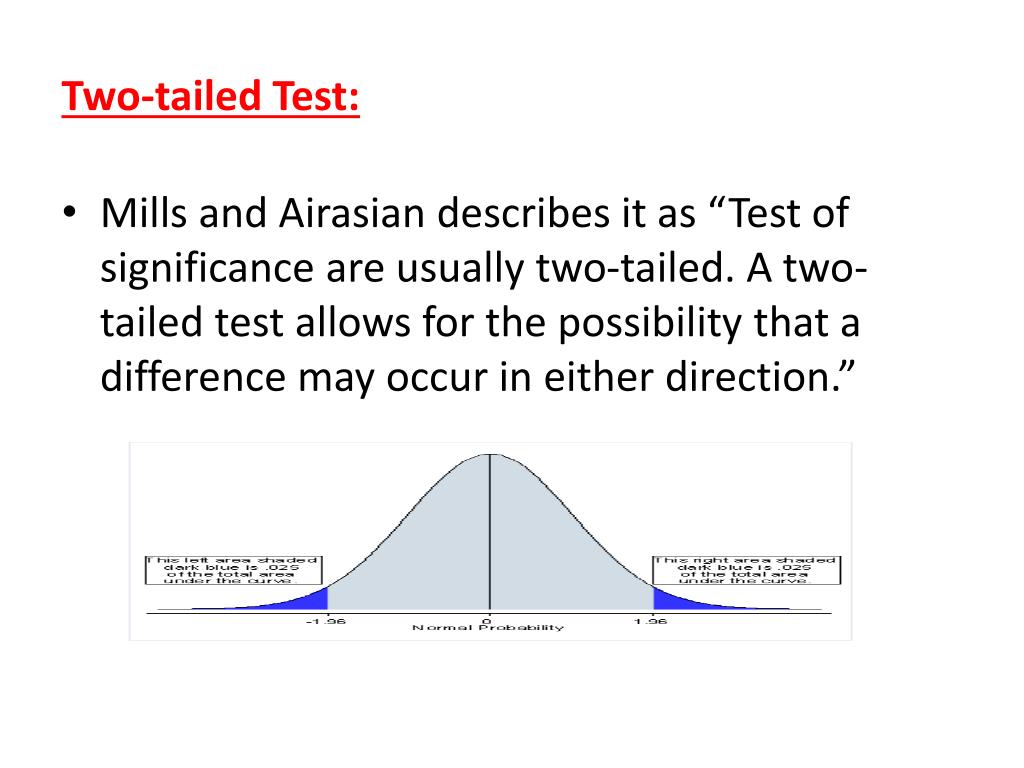
Also, suppose we set our significance level α at 0.05 so that we have only a 5% chance of making a Type I error.

Since n = 15, our test statistic t* has n - 1 = 14 degrees of freedom. In our example concerning the mean grade point average, suppose that our random sample of n = 15 students majoring in mathematics yields a test statistic t* equaling 2.5. If the P-value is greater than \(\alpha\), do not reject the null hypothesis. If the P-value is less than (or equal to) \(\alpha\), reject the null hypothesis in favor of the alternative hypothesis. Set the significance level, \(\alpha\), the probability of making a Type I error to be small - 0.01, 0.05, or 0.10.Using the known distribution of the test statistic, calculate the P -value: "If the null hypothesis is true, what is the probability that we'd observe a more extreme test statistic in the direction of the alternative hypothesis than we did?" (Note how this question is equivalent to the question answered in criminal trials: "If the defendant is innocent, what is the chance that we'd observe such extreme criminal evidence?").Again, to conduct the hypothesis test for the population mean μ, we use the t-statistic \(t^*=\frac\) which follows a t-distribution with n - 1 degrees of freedom. Using the sample data and assuming the null hypothesis is true, calculate the value of the test statistic.Specify the null and alternative hypotheses.Specifically, the four steps involved in using the P-value approach to conducting any hypothesis test are: And, if the P-value is greater than \(\alpha\), then the null hypothesis is not rejected. If the P-value is less than (or equal to) \(\alpha\), then the null hypothesis is rejected in favor of the alternative hypothesis.


If the P-value is small, say less than (or equal to) \(\alpha\), then it is "unlikely." And, if the P-value is large, say more than \(\alpha\), then it is "likely." The P-value approach involves determining "likely" or "unlikely" by determining the probability - assuming the null hypothesis was true - of observing a more extreme test statistic in the direction of the alternative hypothesis than the one observed.


 0 kommentar(er)
0 kommentar(er)
